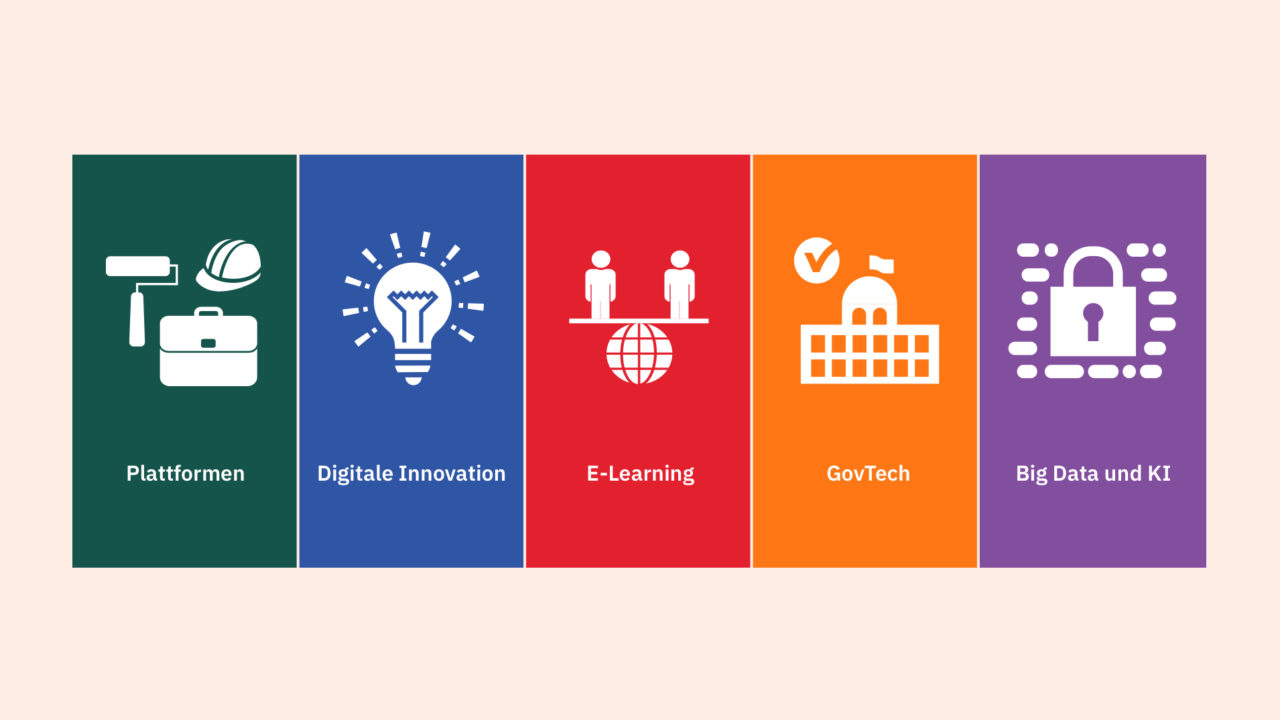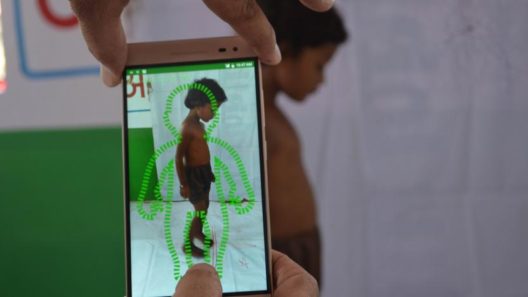Digital Umuganda
Umuganda is a concept rooted in the Rwandan culture of self-help and cooperation. Traditionally, this concept has been used for community involvement and collective efforts to build the physical infrastructure in Rwanda.

The amount of data available around the world is growing continually. When traditional methods no longer suffice for processing these large and complex quantities of data, people refer to this data as big data.
Artificial intelligence (AI) can help evaluate these quantities of data efficiently and in a targeted manner. AI refers to computer programs that can automatically recognise interrelationships, make decisions and also learn. AI applications first need to be developed and trained using large quantities of data, for example, so that they can translate languages on their own or predict changes in the climate or in the health sector.

Data technologies and Artificial Intelligence are already heavily used to help in the battle against COVID-19:
Umuganda is a concept rooted in the Rwandan culture of self-help and cooperation. Traditionally, this concept has been used for community involvement and collective efforts to build the physical infrastructure in Rwanda.

The App Child Growth Monitor provides a turning point in measurement and data processing for malnourished children under the age of 5.
It is a foolproof solution based on a mobile application that uses augmented reality combined with artificial intelligence. By determining weight and height through a 3D scan of children, the app can immediately detect malnutrition.

AI and big data can also improve the information base in order to make data-based decisions. It is often the case that certain types of data are already being used in the development cooperation’s projects. This concerns remote sensing data from satellites or drones, language data from smartphone applications, mobile communications data, all kinds of environmental data or large quantities of text, among others. A differentiation can be made between two application areas in this instance. AI and big data can be used both for project monitoring and during immediate project implementation.
Analysing big data can, for instance, be used to improve impact monitoring. Forest protection projects can also benefit from the evaluation of satellite data, among other things. It can show not only whether the measures taken have lead to a reduction in deforestation but also when and where the reduction took place. This makes it possible to make additional conclusions about the local impact and helps structure the measures even better and more purposefully.
In addition, AI applications can be included in project implementation. Artificial intelligence makes it possible to automatically detect plant diseases, for instance. All it needs is a photo of the plant taken with a smartphone. The AI-supported analysis then indicates not only the disease but also the appropriate countermeasures.
Artificial intelligence thus offers great possibilities for the German development cooperation. AI-based applications can be quickly and inexpensively extended to include many users. The quick processing of large quantities of data can recognise interrelationships that have gone unnoticed to date and make them accessible to the responsible parties as decision aids.
AI applications are trained using existing datasets. Therefore, using them can increase the inequalities and discrimination contained in the data. Data protection and corresponding capacity expansion on site should also be considered on an ongoing basis.